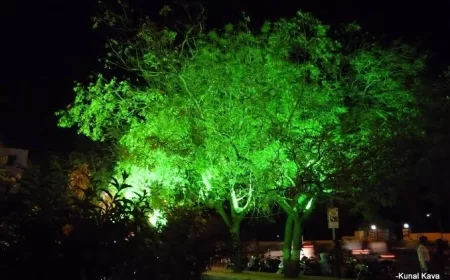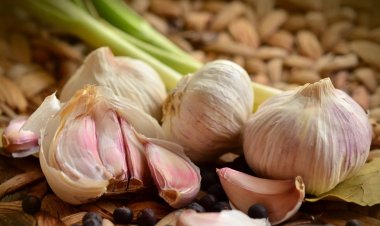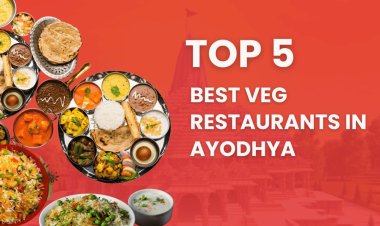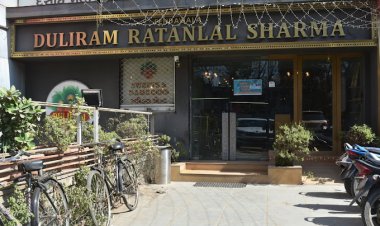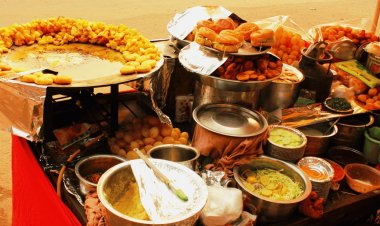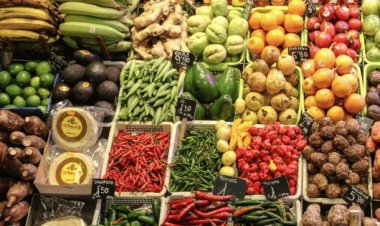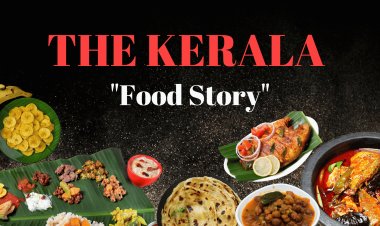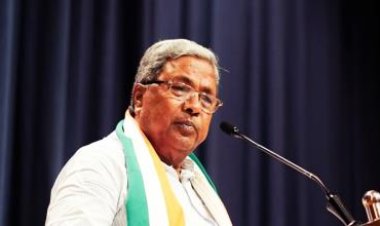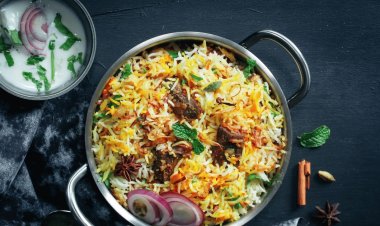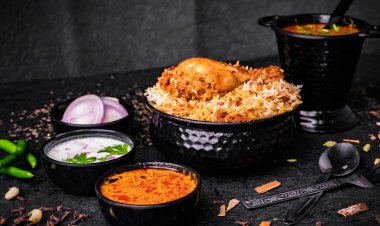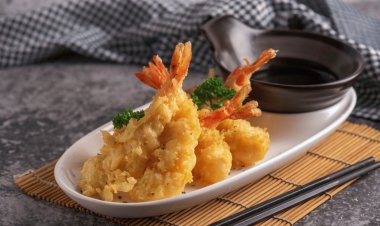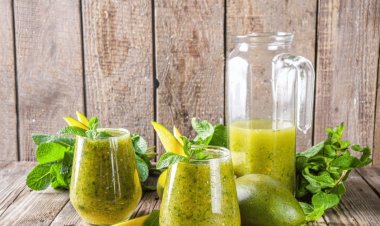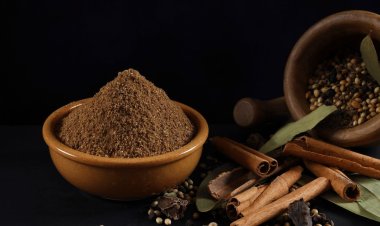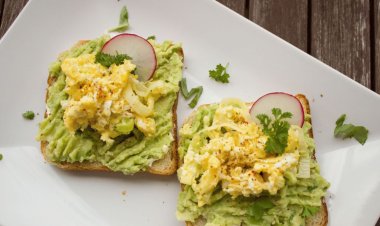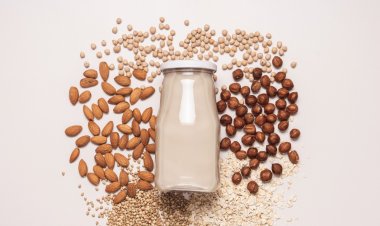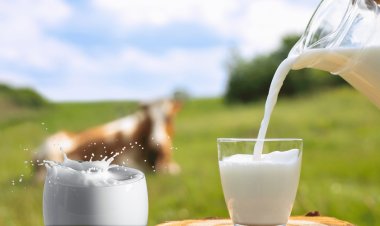The Mango Map of India: Stories, Flavors, and Economic Impact
Know India's rich mango heritage with a state-wise guide to the best varieties, from Alphonso to Dasheri. Explore their history, economic impact, and cultural significance. A must-read for mango lovers!
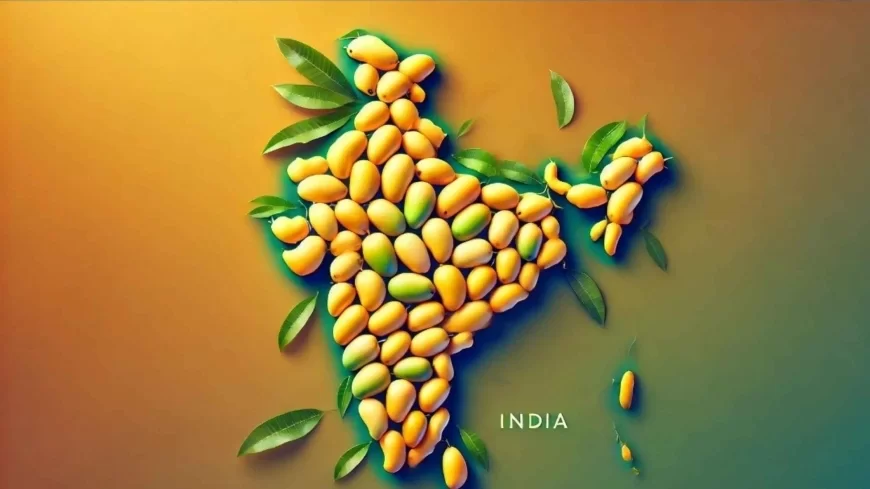
India, the birthplace of the mango, is the world’s largest producer of this tropical delight, contributing over 40% of global supply. With more than 1,000 varieties, each state has its own mango legacy, shaped by climate, soil, and age-old traditions. From the buttery Alphonso of Maharashtra to the tangy Totapuri of Tamil Nadu, each variety tells a story of its people and heritage. Let’s embark on a flavorful journey through India’s mango heartlands, exploring their history, economic significance, and cultural roots.
Maharashtra: Alphonso - The King of Mangoes
The Story Behind the Alphonso
In the Konkan region, the Alphonso, locally called Hapus, is revered like royalty. This golden-yellow mango was introduced by Portuguese colonists in the 16th century and perfected by local farmers over centuries. The volcanic red soil and coastal humidity of Devgad and Ratnagiri make it uniquely aromatic and velvety sweet.
Economic Impact
Maharashtra contributes only 2.41% of India’s mango production, yet Alphonso is the highest-priced due to its premium quality. It is exported worldwide, with 13,000 metric tons annually reaching the Middle East, UK, and the Netherlands. Prices range between ₹200-400 per kg, making it an economic powerhouse for the state.
Uttar Pradesh: Dasheri - The Pride of Lucknow
The Story Behind Dasheri
The story of Dasheri mango dates back to 1730 when it was first grown in a garden owned by the Nawab of Lucknow. Today, Malihabad is known as India’s Mango Capital, where generations of farmers have preserved its delicate, juicy sweetness.
Economic Impact
Uttar Pradesh is India’s largest mango producer, accounting for 26.01% of the total output. The state also grows Langra, Chausa, and Safeda, making it an agricultural goldmine that supports millions of livelihoods. Mango exports from the state are on the rise, with a focus on the Middle Eastern and Southeast Asian markets.
Andhra Pradesh: Banganapalli - The South Indian Monarch
The Story Behind Banganapalli
Named after a small town in Kurnool district, the Banganapalli mango has been cultivated since the 16th century under the rule of local kings. This fiberless variety is famous for its golden-yellow skin and firm flesh, making it a household favorite.
Economic Impact
Andhra Pradesh contributes 22.23% of India’s mango production. The state’s mango trade is export-driven, with Banganapalli leading in international demand. Its high yield and disease resistance make it a profitable crop for farmers.
Gujarat: Kesar - The Saffron-Flavored Delight
The Story Behind Kesar
In Junagadh and Gir, farmers cultivate Kesar, named for its saffron-like hue and fragrance. Legend has it that this mango was discovered centuries ago by local monks, who considered it a divine gift.
Economic Impact
Gujarat produces 4.97% of India’s mangoes, with Kesar being a leading export variety. It is a favorite in Gulf markets, fetching ₹200-350 per kg. The state’s dry climate enhances Kesar’s intense sweetness, making it ideal for juices and pulp industries.
Karnataka: Badami - The Southern Alphonso
The Story Behind Badami
Often called Alphonso’s twin, Badami grows in Bagalkot and nearby regions. The fruit’s smooth skin and creamy texture make it a summer essential in Karnataka.
Economic Impact
Karnataka produces 6.91% of India’s mangoes, with Badami gaining popularity in export markets. The state’s mango pulp industry is expanding rapidly, catering to juice and confectionery manufacturers globally.
Bihar: Langra and Malda - The Dual Giants
The Story Behind Langra and Malda
Langra mangoes are said to have originated from a farmer in Varanasi who was unable to walk (Langra means “lame” in Hindi). The Malda mango, grown in Bhagalpur and Darbhanga, is known for its long shelf life and sweetness.
Economic Impact
Bihar contributes 7.04% to India’s mango output. However, lack of export infrastructure keeps it primarily a domestic player.
West Bengal: Himsagar - The Dessert Mango
The Story Behind Himsagar
This creamy, fiberless variety has been a staple in Bengali households for centuries, often used in Mishti Doi and Sandesh.
Economic Impact
West Bengal contributes 4.10% of mango production. Himsagar is a niche-market fruit, often priced at ₹150-250 per kg in local markets.
Tamil Nadu: Totapuri - The Versatile Mango
The Story Behind Totapuri
Recognized by its beak-shaped tip, Totapuri is cultivated primarily in Salem and Krishnagiri. It is not as sweet, but its tartness makes it ideal for pickles and chutneys.
Economic Impact
Tamil Nadu contributes 4.09% to national production. Totapuri fuels a billion-dollar mango pulp industry, with major exports to Asia and Europe.
Telangana: Neelam - The Late-Season Star
The Story Behind Neelam
Grown in Hyderabad and Nizamabad, Neelam is known for its long shelf life and tangy flavor. It is particularly loved for extending mango season into late summer.
Economic Impact
Telangana produces 4.19% of India’s mangoes. The state’s dry terrain is ideal for year-round mango farming, making it a steady revenue generator.
Odisha: Amrapali - The Hybrid Hero
The Story Behind Amrapali
Developed in 1971, this hybrid between Dasheri and Neelam is known for its deep orange flesh and high sweetness.
Economic Impact
Odisha contributes 3.96% to India’s production. Amrapali is widely grown in coastal areas, where it supports small-scale farmers.
India’s mango industry, valued at ₹419 billion ($5 billion), supports over 5 million people. Despite exporting only 1% of its mangoes, India’s potential is immense. Innovations in organic farming, hybrid varieties, and cold storage can expand its global dominance. Whether you savor an Alphonso or a Langra, you taste centuries of tradition and an industry vital to millions.
What's Your Reaction?
 Like
0
Like
0
 Dislike
0
Dislike
0
 Love
0
Love
0
 Funny
0
Funny
0
 Angry
0
Angry
0
 Sad
0
Sad
0
 Wow
0
Wow
0




